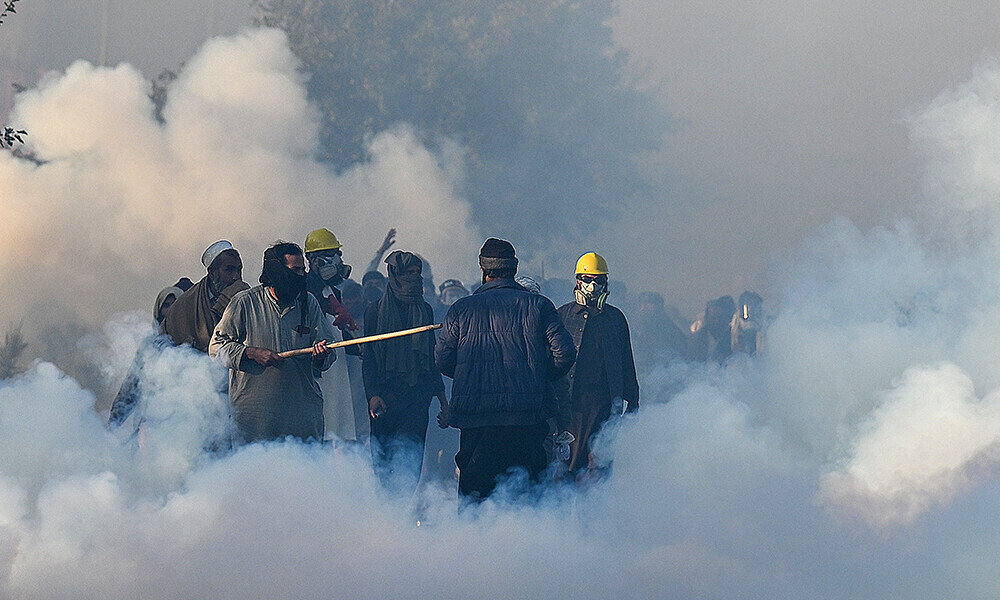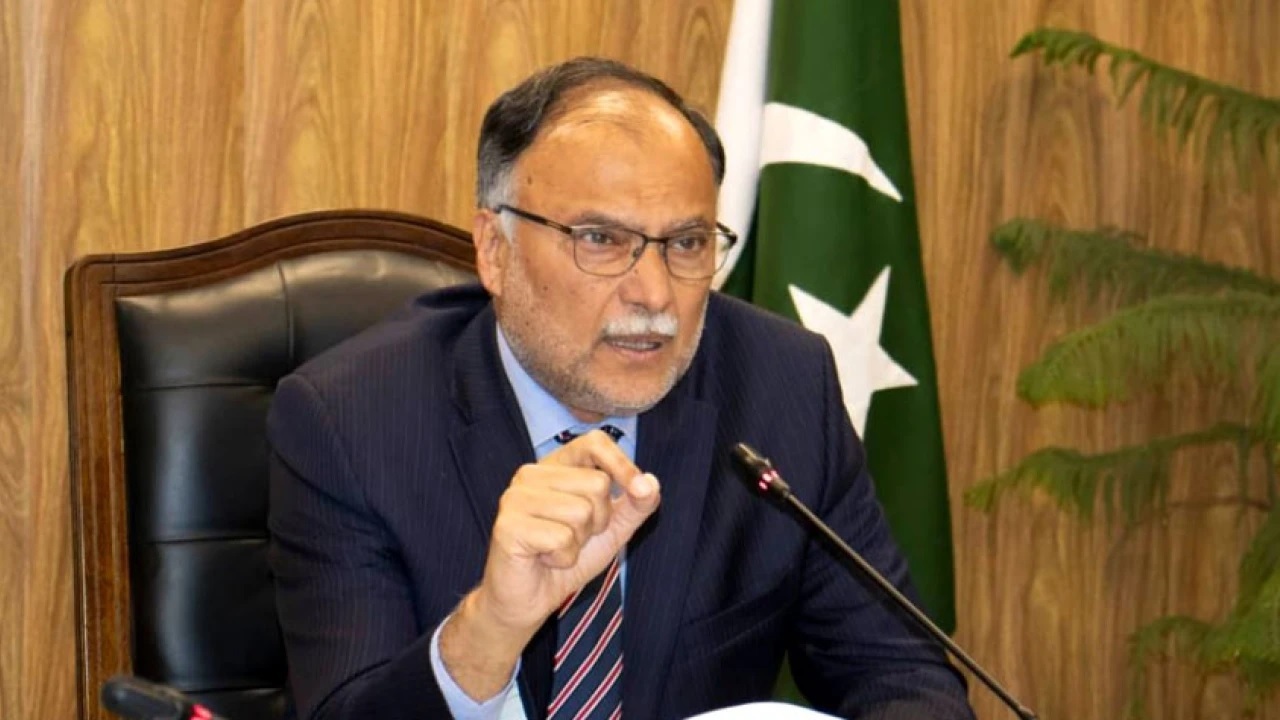PTBP Web Desk
In a violent escalation, Pakistan Army was called in after PTI supporters’ rally resulted in deaths and injuries in Islamabad. Read more about the incident, PM’s response, and the political aftermath.
In a dramatic turn of events late Monday night, the Pakistan Army was deployed in Islamabad following violent clashes between supporters of Pakistan Tehreek-e-Insaf (PTI) and security forces. The conflict erupted as PTI convoys, led by prominent figures like Khyber Pakhtunkhwa Chief Minister Ali Amin Gandapur and Bushra Bibi, the wife of PTI’s founding chairman Imran Khan, attempted to enter the capital.
The confrontation turned deadly when protesters reportedly rammed a vehicle into Rangers personnel on Srinagar Highway, leading to the immediate death of four Rangers and two police officers. This violent act was part of a broader chaos where at least 119 individuals were injured, and 22 police vehicles were set ablaze. Punjab’s provincial police chief, Usman Anwar, reported that two officers were in critical condition following the skirmishes.
In response to the escalating violence, the Pakistan Army was summoned under Article 245 of the Constitution, which allows for military deployment in aid of civil power. The military was tasked with handling the situation with strict measures, including orders to shoot miscreants on sight, as per directives issued to deal decisively with the unrest.
Prime Minister Shehbaz Sharif condemned the attacks vehemently, describing them as acts under the guise of a peaceful protest but essentially extremist in nature. He directed authorities to swiftly identify and prosecute those responsible. PM Sharif’s statements underscored the government’s stance against what he termed as “anarchy” and “bloodshed.”
The protests were part of a larger movement by PTI, aimed at securing the release of Imran Khan, who remains a significant figure despite his incarceration. Khan’s arrest and the subsequent political turmoil have fueled widespread unrest among his supporters. The rally, which stretched over 15 kilometers, was met with resistance from police using tear gas and batons as it neared critical points in Islamabad like D-Chowk.
Bushra Bibi, addressing the rally near Hazara Interchange, made it clear that the protest was not just about her husband but about the leadership of the country. This sentiment was echoed by PTI leaders who have been vocal about their intent to continue the protest until Khan’s release.
To control the situation, the government employed extreme measures including the use of shipping containers to block major roads, effectively sealing off parts of the city. A ban was also imposed on public gatherings, further illustrating the heightened security environment in the capital.
Additional District Magistrate Usman Ashraf issued a notification prohibiting all forms of public assembly, highlighting the government’s intent to maintain order amidst the political turbulence.
Barrister Gohar Khan, after meeting with Imran Khan in Adiala Jail, emphasized that the protest would proceed as planned, dismissing any rumors of cancellation. This meeting was pivotal, focusing on strategic planning for the ongoing political movement and PTI’s future actions. Barrister Gohar assured updates on negotiations but kept details under wraps, indicating the sensitive nature of political discussions at this juncture.
The deployment of the army and the government’s hard stance signal a critical moment in Pakistan’s current political landscape. The incident not only highlights the deep divisions within the country but also underscores the challenges in managing public dissent through law enforcement and military intervention. The use of force, the loss of life, and the government’s response could have long-term implications on the political environment, potentially affecting public trust and the democratic process in Pakistan.




